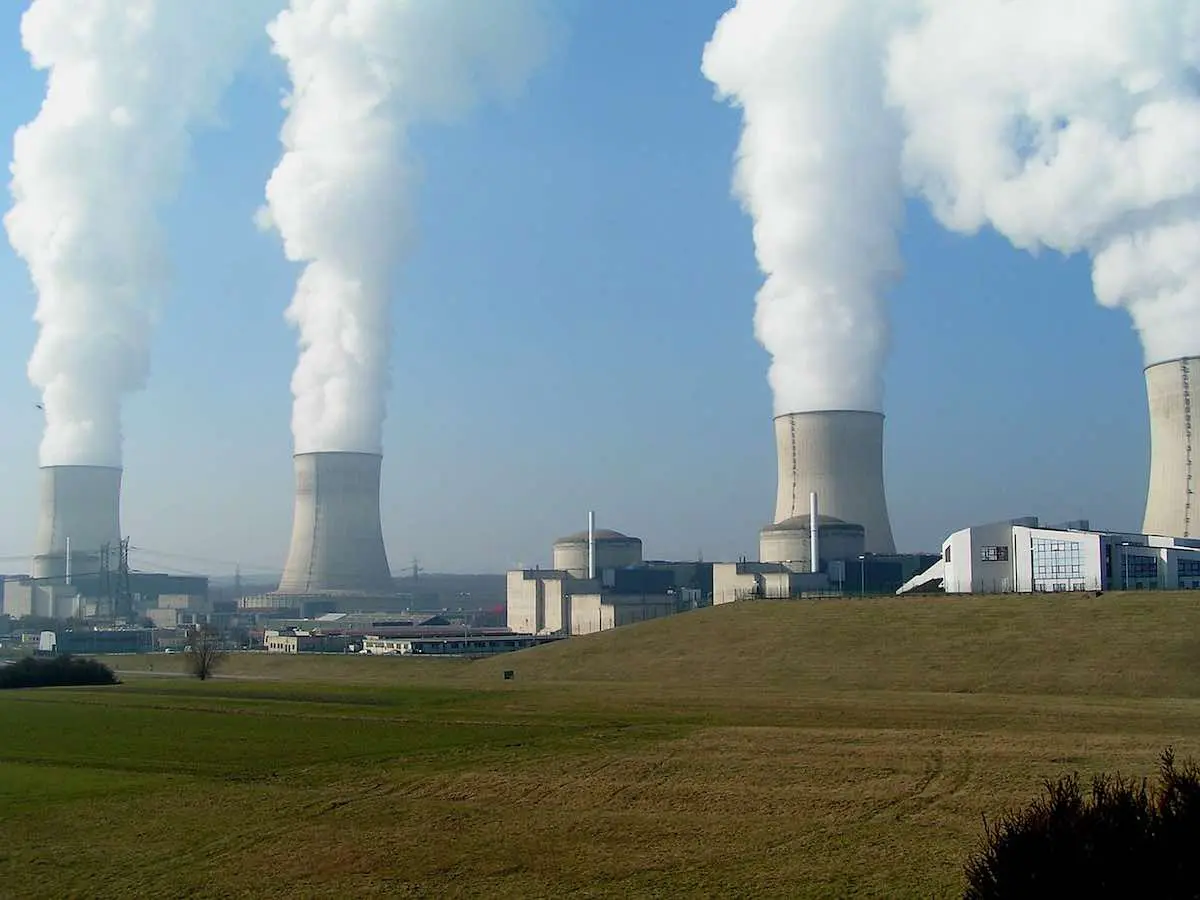Australia’s leading scientific research organisation, the CSIRO, has delivered a damning blow against the renewed push by the federal Coalition for nuclear power, saying it is expensive, and too slow to make a significant contribution to any serious climate targets.
The latest version of the CSIRO’s important GenCost report still ranks nuclear as the most expensive of existing technologies, and at least double or up to five times the cost of “firmed” wind and solar, including storage and transmission costs.
It has long been accepted that existing large scale nuclear is way too expensive and too inflexible to play any role in Australia’s future grid, but the pro-nuclear lobby has been pushing the idea of Small Modular Reactors, and has been putting intense pressure on the CSIRO to embrace it.
This argument has been taken up with vigour by the federal Coalition, which has responded to its electoral defeat by appointing a pro-nuclear advocate as energy spokesman, and intensifying its campaign against wind and solar that its members have described as “dole bludgers.”
The latest CSIRO GenCost report – which says that wind, solar and storage is clearly the cheapest option in Australia – points out that the intense pressure it received to lower its cost estimates for nuclear comes almost exclusively from ambitious vendors, and their proxies, who have nothing to show for their claims.
There are no SMRs in operation, and none are expected until 2029 at the earliest. CSIRO economist Paul Graham, the lead author of the report, says until the first SMRs are deployed it is not possible to find good evidence about the claims of the industry.
It is interesting to note that in the latest GenCost report, CSIRO notes that only one formal submission was received on nuclear, which argued that the cost estimates of nuclear SMR should be lower.
“Vendors seeking to encourage the uptake of a new technology have proposed theoretical cost estimates, but these cannot be verified until proven through a deployed project,” it says.
But perhaps the most damning part of the CSIRO report is what it says about the role of various technologies in differing climate scenarios.
It shows that the weaker the climate target, the greater the share of nuclear power. If countries are serious about achieving 1.5°C target, or even below 2°C, then nuclear is simply too slow to play a significant role, and its share of global generation falls significantly.
Graham puts it this way: If nuclear is to prosper, it will need huge licks of government support, and a significant carbon price. But if the world is aiming for the Paris climate targets and is willing to spend money to get there, then other technologies – mostly wind, solar and storage – will fill that gap.
“(Nuclear) needs some climate policy ambition,” Graham told RenewEconomy. “But if there’s too much climate policy ambition the other technologies run away with the cost reductions and nuclear can’t catch up.
“If it looks like we have to reduce emissions much faster, then it’s just too slow to contribute to that.”
This graph illustrates the point. Nuclear (in purple) has a share of around 10-12 per cent of global generation in the “current policies” scenario out to 2030. But this share diminishes out to 2050 in all three scenarios, and particularly those that seek to minimise average global warming.
The current policies scenario represents average global warming of around 2.6°C, while the Global NZE (net zero emissions) by 2050 aims for 1.5°C and the Global NZE post 2050 assumes around 1.7°C.









